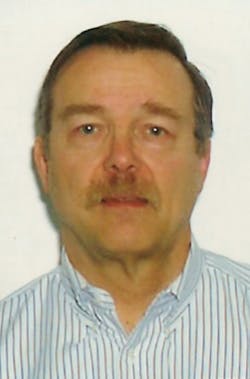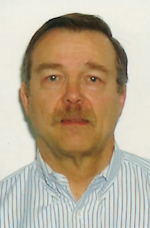I hardly know where to begin. In 17 years of TSA’s existence, and certainly many of the prior FAA years of handling aviation security, technology has made some impressive positive progress in its collective ability to keep travelers safe. You recognize most of them at the checkpoint – body scanners, metal detectors, trace detection, identification verification, facial recognition and many more. However, we continue to see media stories about the policies and procedures surrounding the passenger screening process, some of which I will choose to describe here as bizarre, only because I can’t think of a more derisive term at the moment.
Let’s start with a recent article that first ran in the New York Times, AP, and similar variations in many other newspapers titled “TSA creates secret watch list for unruly passengers”, or a similar phrasing, “...passengers who misbehave.” The six-page TSA directive, like so many current Administration actions these days, characterizes this as a “threat to transportation security” if you might, for example, swat away the hand of a TSA employee during a pat down of your private parts. They spent a lot of time noting that this is specifically designed to protect the screeners and then carefully outline numerous criteria for which you can’t blame TSA when they put you on the list. In fact, much of that guidance appears to be recycled from those suspiciously similar to those used by the Behavior Detection Officers whose criteria have previously been roundly discredited by the scientific community and the GAO, among others. For example, passengers who are seen loitering suspiciously near the checkpoints could end up on the unruly/misbehaved list. I wonder if that includes “loitering” in the 40-minute screening queue at Dulles or O’Hare.
If you thought that was distressing, how about this: I’ll award relatively equal points of shame to some security-related elements of the industrial engineering community and to the trade press which covers it by simply repeating claims in the press release with virtually no attention paid to their application in the real world. To wit: two recent headlines: “facial recognition technology that spots lying might be coming to airport security” and “artificial intelligence footstep recognition could be used for airport security.” Please note the attention-getters “airport security” and the qualifiers “might be” and “could be.” Dozens of manufacturers and researchers would like to be the next big technology breakthrough for aviation security throughout the world. Please allow me to be the first to say these two (and many more) won’t make it. You’re welcome.
The University of Rochester truth-teller study appears to be based on how you smile when you’re responding honestly to questions. In reality, facial recognition has become a quite mature biometric technology when applied to its primary underlying purpose of identity verification: validating who you are, based on comparison to a previously validated enrollment by a trusted entity. Period. End of sentence. It may or may not be connected to other databases regarding your flight information, criminal history, permissions and conditions of employment, or other background information. It has zero to do with lying during a conversation.
I don’t mean to discourage innovation, but it gets very old when everything new, old, good, bad, or indifferent is attributed to the betterment of national security. The University of Manchester study claims it can identify you from your walking patterns and the force exerted on floor foot pads ... so what? – entirely useless from an airport security perspective, assumes there’s such a data base of everybody (would failure of a foot-step ID lead to a Gait-Gate investigation?) , and essentially ignoring every element of the airport environment, not to mention the idea that your weight may vary every few days, 100,000 sq. ft. of pressure pads are very expensive, and I walk very oddly on those rainy days when my aging knees hurt, so I’m trying not to loiter, lie or limp as I pass through the checkpoint.



